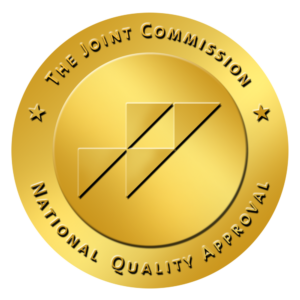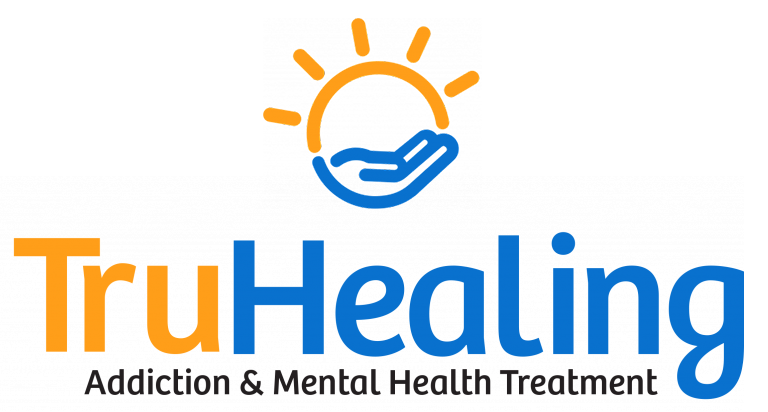So now that we have gone through the first three steps, its time for the dreaded 4th step and 5th step. Step 4 is usually very scary for people in recovery, and I assume it might be for the average Joe as well. Have no fear, I will try to help guide you through in a non-judgmental, accepting of all flaws, and trauma informed way.
I honestly am not even sure how to put this into words that wouldn’t make people think, “no way.” Who wants to take a cold, hard look in the mirror and write down every not-so-pretty thing about themselves? It sounds daunting, because it is. The fourth step is about accepting that we are responsible for our behaviors. It is learning how to drop the word “blame” from our vocabulary.
Step 4: Made a Searching and Fearless Moral Inventory
First, we are going to make a list of our resentments. A resentment is any sort of anger, bitterness or dissatisfaction towards someone or something due to feeling like you were being treated unfairly. This can be a person, place or even something that isn’t tangible (like a religion). Then we examine our resentments by asking ourselves: what caused this, how does this affect my daily life and where was I to blame?
I think it is important to talk about the question “where I was to be blame” in the most trauma informed way we can.I am going to start by saying that sometimes, when we are talking about trauma, you have no fault in a resentment.
- Sometimes your feelings of anger are justified.
- When we are dealing with trauma, survivors often already heavily blame themselves for things that happened in there past, and it is important to remind a survivor of trauma that they are not there past
- Sometimes the trauma is what made someones using, binge eating, gambling, etc., spiral out of control.
- If it is what caused your behavior to spiral out of control, that is okay. That is how your brain coped with the trauma.
- It isn’t your fault, whatever “it” is.
- Bad things happen to good people, and that’s not fair.
- Your feelings are valid
However, it is not the trauma that you are at fault for, it is the anger you are holding onto. Anger is a poison that we are consuming, that we believe will hurt the person we are angry at, when in reality it is just hurting us. If you are using your past as a reason to justify the negative way you are acting towards yourself or others, its time to let that go. That is your fault. Do not let your past dictate your future, and that is what this part of step 4 is teaching us about our traumas.
Second, make a list of all your fears- from spiders to death, and ask yourself:
Why am I afraid of this?
Fear causes us to do things that aren’t always for the best, an example is being afraid of getting fired so, you might place blame for an unfinished project on someone else in the office, in hopes that they take the brunt of a punishment and not us.
Once we learn to let go of the fears that hold us back and keep us acting in ways we don’t want to, we can become happier and trust that anything that happens, is happening for a reason.
There is nothing to fear but fear itself, right?
Third take an inventory of the people you have harmed, ask yourself: what happened, how did I feel hurting this person, why did I do this?
We hurt a lot of people. Period. Doesn’t matter who you are, chances are you have done something that you look back on and think, “I could have handled that differently.”
Understanding ourselves and asking ourselves why we are doing something can open our eyes to a way we can change the negative behaviors into more positive ones.

Then look at all these things and decide where you were being selfish, where you were being dishonest, where you were being self-seeking (pursuing only your own interests or profits, even at the expense of others) and where you were living in fear. These four categories are the main defects we all have as human beings. Learning to recognize where and when we are using these defects is an important step to learning how to improve yourself.








